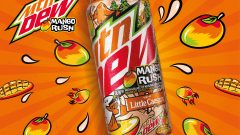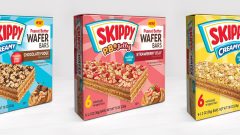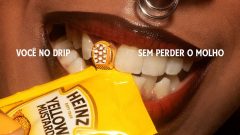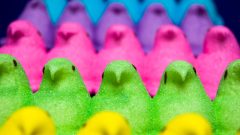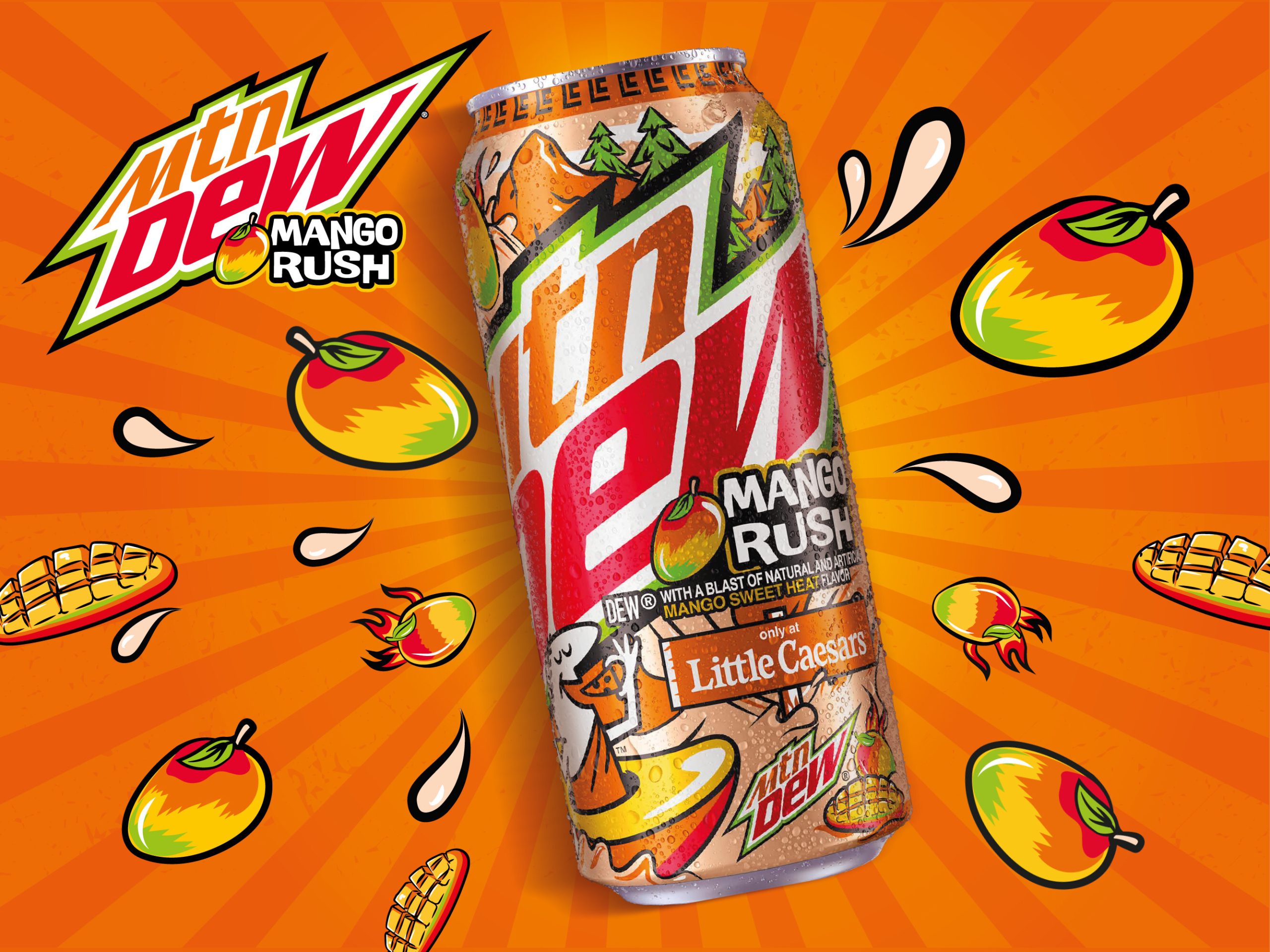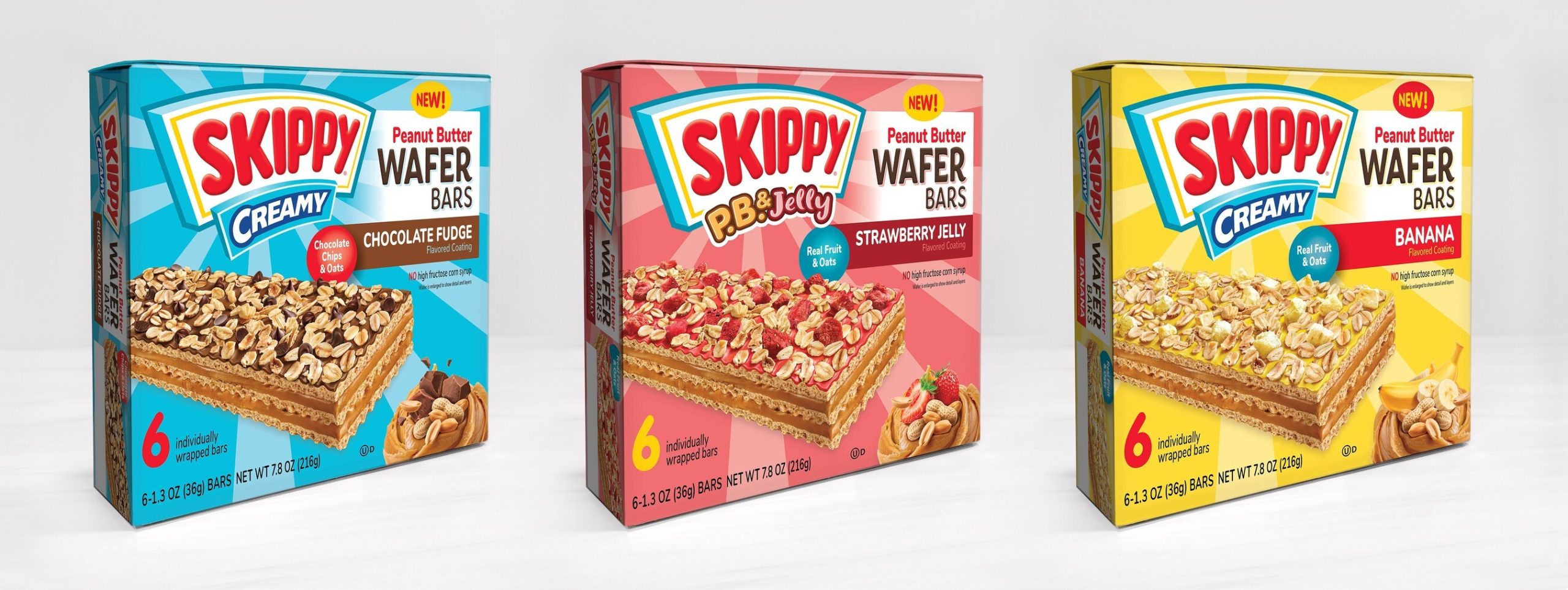How Soap Is Made as Explained by Candy Corn, In Space
In his spare time up at the space station, NASA astronaut Don Pettit took his crew’s entire supply of candy corn and a ball of water to create a macroscopic, or visible-to-the eye, analogy as to how soap molecules work. Because there’s not much else a guy, who also happens to be a chemical engineer, can do with candy corn up in space.
Since soap molecules have a hydrophilic end and a hydrophobic end, one attracts water while the other repels it. The astronaut coated an end of each candy corn with oil to make it hydrophobic. This allowed the candies to arrange themselves around the water based on their attraction and repulsion.
When a surface is covered with surfactant molecules (ones that lower the surface’s tension), the oil is able to float away and mix with the water. The floaty candy corn sphere begins to solidify and binds itself together. Thus, candy-flavored soap.
Check out the video below for space candy.
H/T First We Feast


